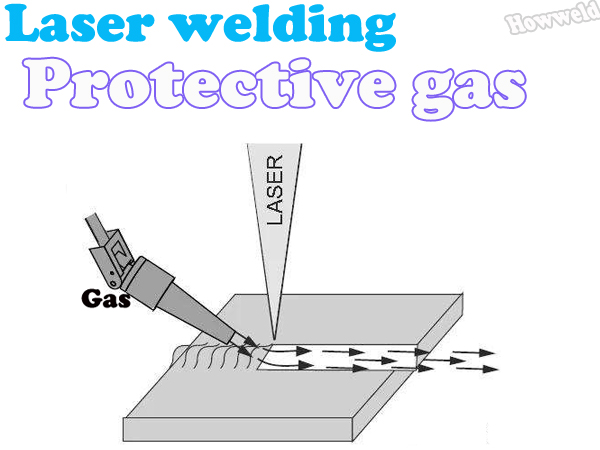How to blow protective gas in laser welding?
Time:2022-02-28
Views:936
In laser welding, shielding gas will affect the weld formation, weld quality, weld penetration and weld width. In most cases, blowing shielding gas will have a positive impact on the weld, but it may also bring adverse effects.


Role of shielding gas:
1) Correct blowing of shielding gas will effectively protect the weld pool and reduce or even avoid oxidation;
2) Proper blowing of shielding gas can effectively reduce the spatter generated in the welding process;
3) The correct blowing of shielding gas can promote the uniform spreading of weld pool during solidification and make the weld formation uniform and beautiful;
4) Correct blowing of shielding gas can effectively reduce the shielding effect of metal vapor plume or plasma cloud on laser and increase the effective utilization rate of laser;
5) Proper blowing of shielding gas can effectively reduce weld porosity.
Howweld design cnc welding head fixtures which can blow protective gas,and handheld laser head fixtures.
.jpg)
Howweld design cnc welding head fixtures which can blow protective gas,and handheld laser head fixtures.
.jpg)
As long as the gas type, gas flow and blowing mode are selected correctly, the ideal effect can be obtained.
Type of shielding gas
The commonly used shielding gases for laser welding mainly include N2, AR and he, and their physicochemical properties are different, so their effect on the weld is also different.
1. Nitrogen N2
The ionization energy of N2 is moderate, higher than that of AR and lower than that of he. Under the action of laser, the ionization degree is general, which can better reduce the formation of plasma cloud and increase the effective utilization of laser. Nitrogen can react chemically with aluminum alloy and carbon steel at a certain temperature to produce nitride, which will improve the brittleness of the weld, reduce the toughness and have a great adverse impact on the mechanical properties of the weld joint. Therefore, it is not recommended to use nitrogen to protect the weld of aluminum alloy and carbon steel.
The nitride produced by the chemical reaction between nitrogen and stainless steel can improve the strength of the weld joint and improve the mechanical properties of the weld. Therefore, nitrogen can be used as a shielding gas when welding stainless steel.
2. Argon、Ar
The ionization energy of AR is relatively low, and the ionization degree is high under the action of laser, which is not conducive to controlling the formation of plasma cloud and will have a certain impact on the effective utilization of laser. However, the activity of AR is very low, it is difficult to react with common metals, and the cost of AR is not high. In addition, the density of AR is large, which is conducive to sinking above the weld pool, It can better protect the weld pool, so it can be used as a conventional shielding gas.
3. Helium
He has the highest ionization energy and low ionization degree under the action of laser, which can well control the formation of plasma cloud. Laser can well act on metal, and he activity is very low, which basically does not have chemical reaction with metal. It is a good weld protective gas. However, the cost of he is too high, so it will not be used in mass production products, He is generally used for scientific research or products with very high added value.
.jpg)
The selection of shielding gas directly affects the quality, efficiency and cost of welding production. However, due to the diversity of welding materials, the selection of welding gas is also complex in the actual welding process. It is necessary to comprehensively consider the welding material, welding method, welding position and required welding effect, and select a more suitable welding gas through welding test, Achieve better welding results.
.jpg)
The selection of shielding gas directly affects the quality, efficiency and cost of welding production. However, due to the diversity of welding materials, the selection of welding gas is also complex in the actual welding process. It is necessary to comprehensively consider the welding material, welding method, welding position and required welding effect, and select a more suitable welding gas through welding test, Achieve better welding results.


